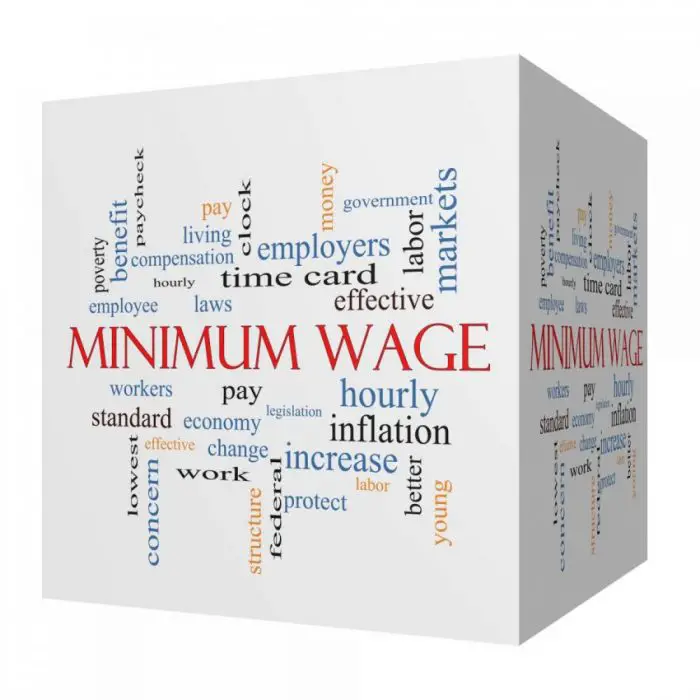Small businesses consider their options in the face of rising minimum wage rates
Currently, the federal minimum wage is $7.25 hour. But many states and some cities have higher minimum wage rates. The highest one is in San Francisco, where the rate is $16.30 per hour. With calls to raise the federal minimum wage rate to $15 per hour, what can small businesses do to cope with this added cost of doing business? The options aren’t easy.
 Background on minimum wage rate hikes
Background on minimum wage rate hikes
The minimum wage rate is climbing in some localities. For example, in New York City, the rate is $15 per hour for employers with 11 or more employees. It’s currently $13.50 for smaller employers, but will also be $15 per hour starting on January 1, 2020. Other states and cities have enacted $15 per hour legislation, including California (employers with 26+ employees in 2022; 25 or fewer employees in 2023), Connecticut (in 2023), Illinois (2025), Maryland (2025), Massachusetts (2023), New Jersey (2024), and the District of Columbia (July 1, 2020).
There may also be an increase in the federal minimum wage (which applies if it’s higher than the state’s minimum wage). The House (H.R. 582) passed a $15 per hour minimum wage bill in July. Whether the Senate will vote on the measure is uncertain.
And a higher minimum wage is part of the 2020 election discussion. The higher minimum wage isn’t going away.
Cut staff or hours
Where the minimum wage rate has risen significantly, some small business owners have been forced to reduce the number of employees on their payroll. Alternatively, they have limited overtime for their staff, which results in lower overall pay for some of their employees.
Perhaps more problematic is what to do about employee hourly rates when you want to pay more than the minimum wage? Do you adjust pay according to minimum wage hikes for all of your employees? A conundrum.
Raise prices
Another option to adjust to a higher mandatory hourly pay rate is to raise your prices. The problem is how much of a price increase will customers tolerate? Obviously, it depends on where you are and what you sell. A conundrum.
Cut your profit margin
If you don’t believe there’s room to raise prices and you can’t operate effectively with staff reductions, you have to face the fact that your profit margin will be reduced. The problem for many small businesses is having small profit margins to begin with. According to Fundera, a 10% profit margin is average. But the average varies according to the industry you’re in. According to Chron, it could be as low as 2% for a lawn and garden center but 18% for tax preparation services. A lower profit margin? A conundrum.
Relocate
One blog reported that a company moved from Sacramento, California, to Reno, Nevada because of the applicable minimum wage rate. Obviously, this is a extreme response and some companies can’t relocate. But it shows what lengths small businesses may have to go to in response to a higher minimum wage. A conundrum.
Go out of business
It’s sad but true that some small businesses in locations where the minimum wage rate has increased significantly can no longer stay in business. It’s been reported that there’s been an increase in business closures attributable to the higher minimum wage rate in the “outer boroughs” of New York City (Bronx, Queens).
But one study suggests that despite the minimum wage increase the restaurants in Manhattan and the outer boroughs are doing just fine. Who’s right?
The bottom line is that when a small business is pushed to the edge, there comes a point where going out of business is preferable to maintaining the daily struggle. Really sad.
Final thought
If you polled small business owners, I’m sure you’d find that in theory they support a higher minimum wage. (One poll from 2014 found that 61% of small business owners favored an increase in the minimum wage to $10.10 per hour, something the discussion has moved way past, but I haven’t seen a recent poll on the question.) The problem arises when theory meets practice.


